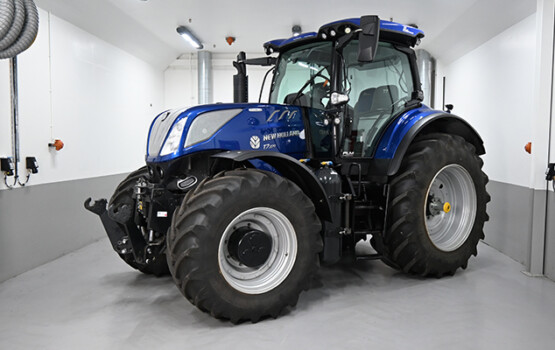Portal for more climate-friendly mobility
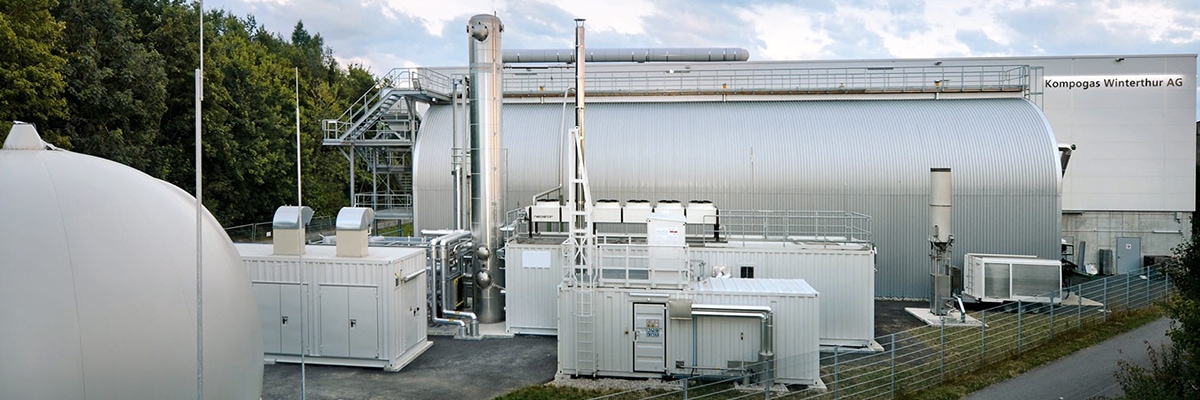
Orderly waste management is crucial
Hitachi Zosen Inova is a global market leader in the field of renewable gas, power-to-gas and energy production from waste materials. Here’s why.
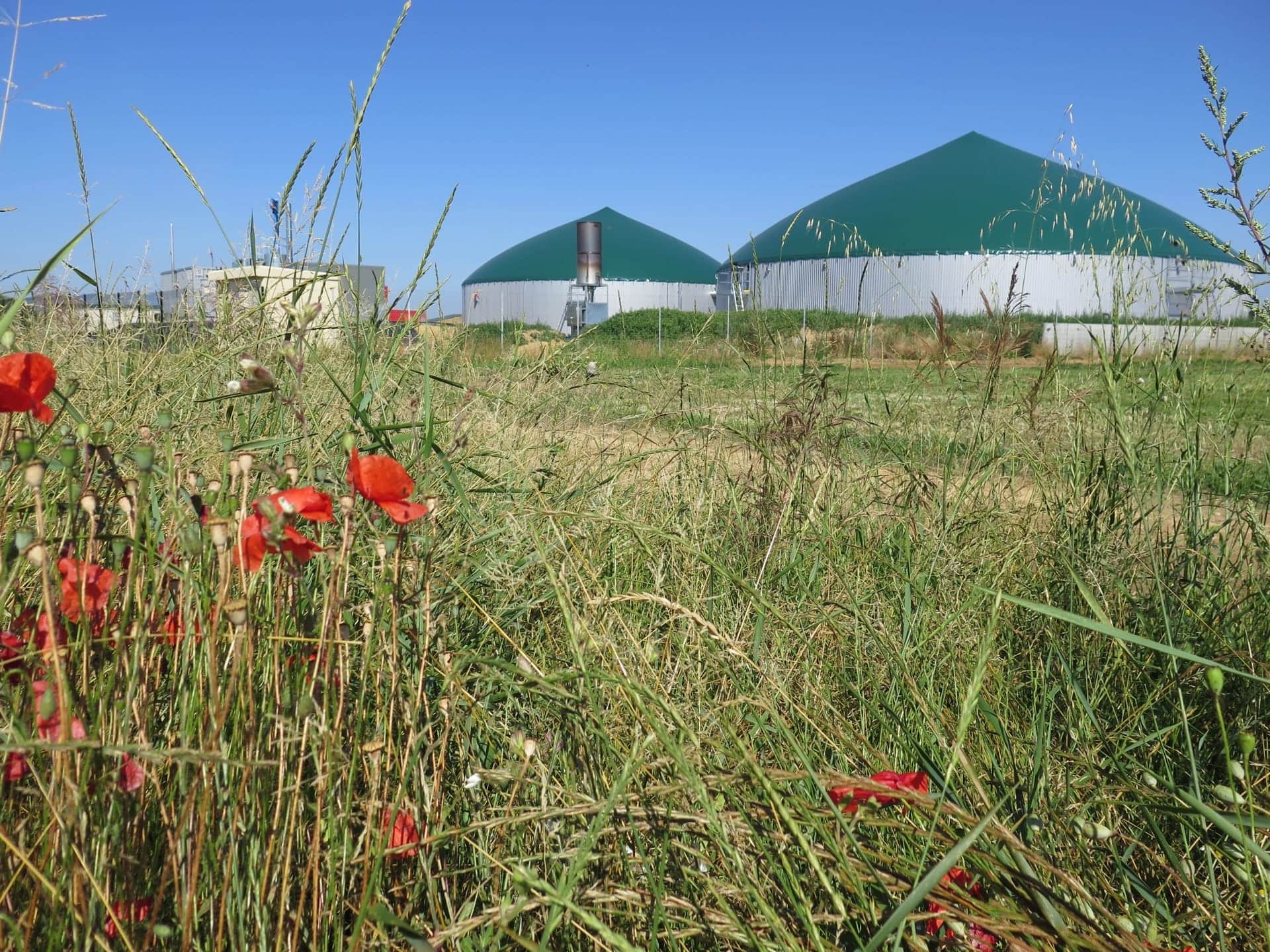 Source: Hitachi Zosen Inova HZI
Source: Hitachi Zosen Inova HZI
Hitachi Zosen Inova HZI has been providing solutions for decades in the fields of biogas production, gas treatment, waste and flue gas treatment, power-to-gas and turnkey plants. The subsidiary of the Hitachi Zosen Corporation is headquartered in Zurich and is involved in numerous projects in the planning and construction of complete and system solutions for the thermal and biological recycling of waste, which can be flexibly adapted to meet customer requirements. CNG-Mobility.ch asked HZI experts Helen Gablinger (Director Product & Marketing Energy from Waste) and Benoît Boulinguiez (Product & Marketing Director – Renewable Gas) what needs to be considered in terms of waste management, when carbon capture and storage makes sense and what other challenges there are in biogas production.
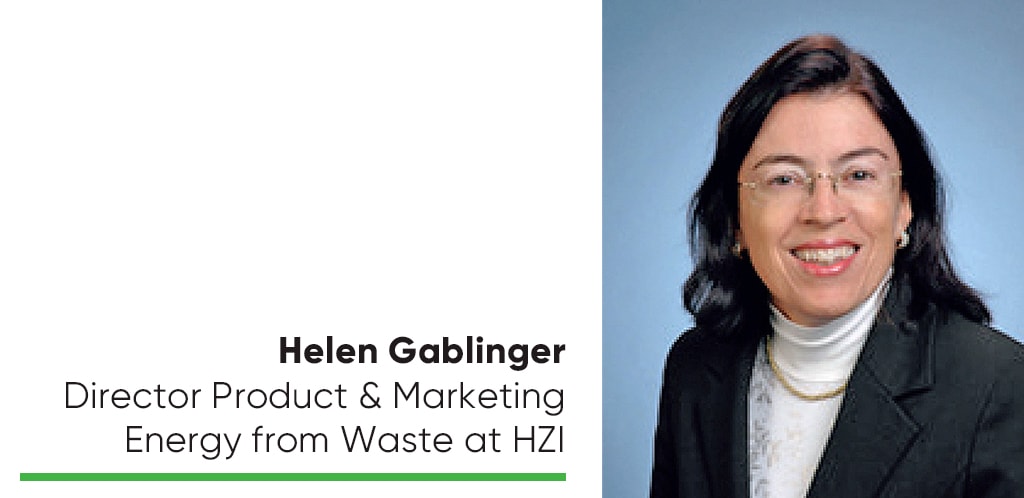
Why is a holistic approach so important when it comes to waste treatment?
Helen Gablinger, Director Product & Marketing Energy from Waste at HZI: On the one hand, we want to ensure that no harmful or hygienically hazardous substances end up in the environment unchecked. On the other hand, we want to give maximum support to the circular economy and renewable energy. This balancing act requires a good, comprehensive knowledge of waste management and its framework conditions.
For which areas can HZI offer solutions in this context?
Helen Gablinger: We offer solutions for biogenic and fossil, solid municipal waste as well as agricultural waste. The former produces biogas or biomethane. Mixed municipal waste containing fossil and biogenic substances is used as a minimum for energy purposes. More and more, we also offer further material processing.
Biomass is still incinerated far too often rather than recycled. When is a biogas plant worthwhile?
Helen Gablinger:Our smallest plants have an annual throughput of around 5,000 tonnes of organic material. However, the point at which a plant becomes worthwhile often depends at least as much on the collection logistics.
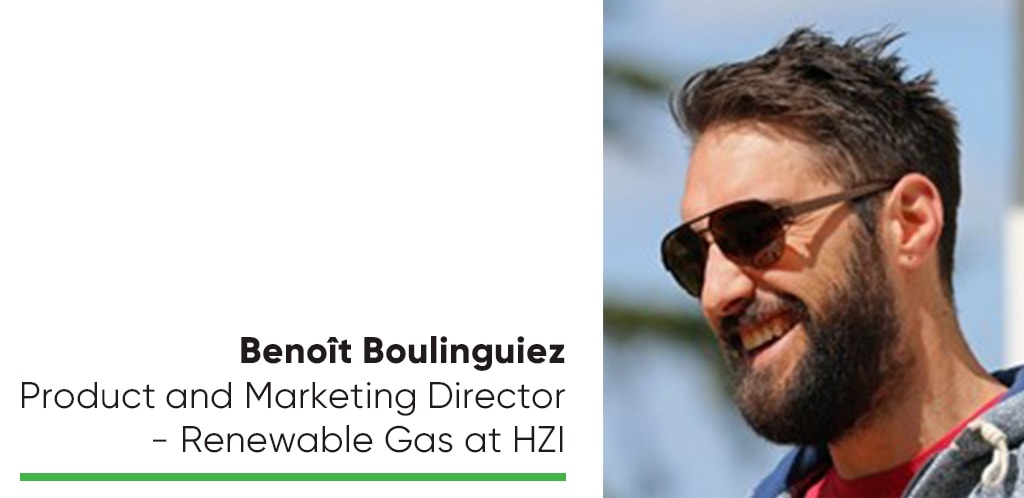
Benoît Boulinguiez, Product & Marketing Director – Renewable Gas at HZI: The current project development now therefore also includes the further energy optimisation of resources and the conversion of by-products into marketable products.
What challenges are there in the processing of biogenic raw gases?
Benoît Boulinguiez: In addition to the intended application, the sources of the biogenic raw gas also play an important role in the required technology. These plants are becoming increasingly anchored in the local circular economy, especially when bio-CNG, bio-LNG or bio-CO2 are produced from raw gases. It’s not just about sustainability, but also about the reliability of the link in the economic chain.
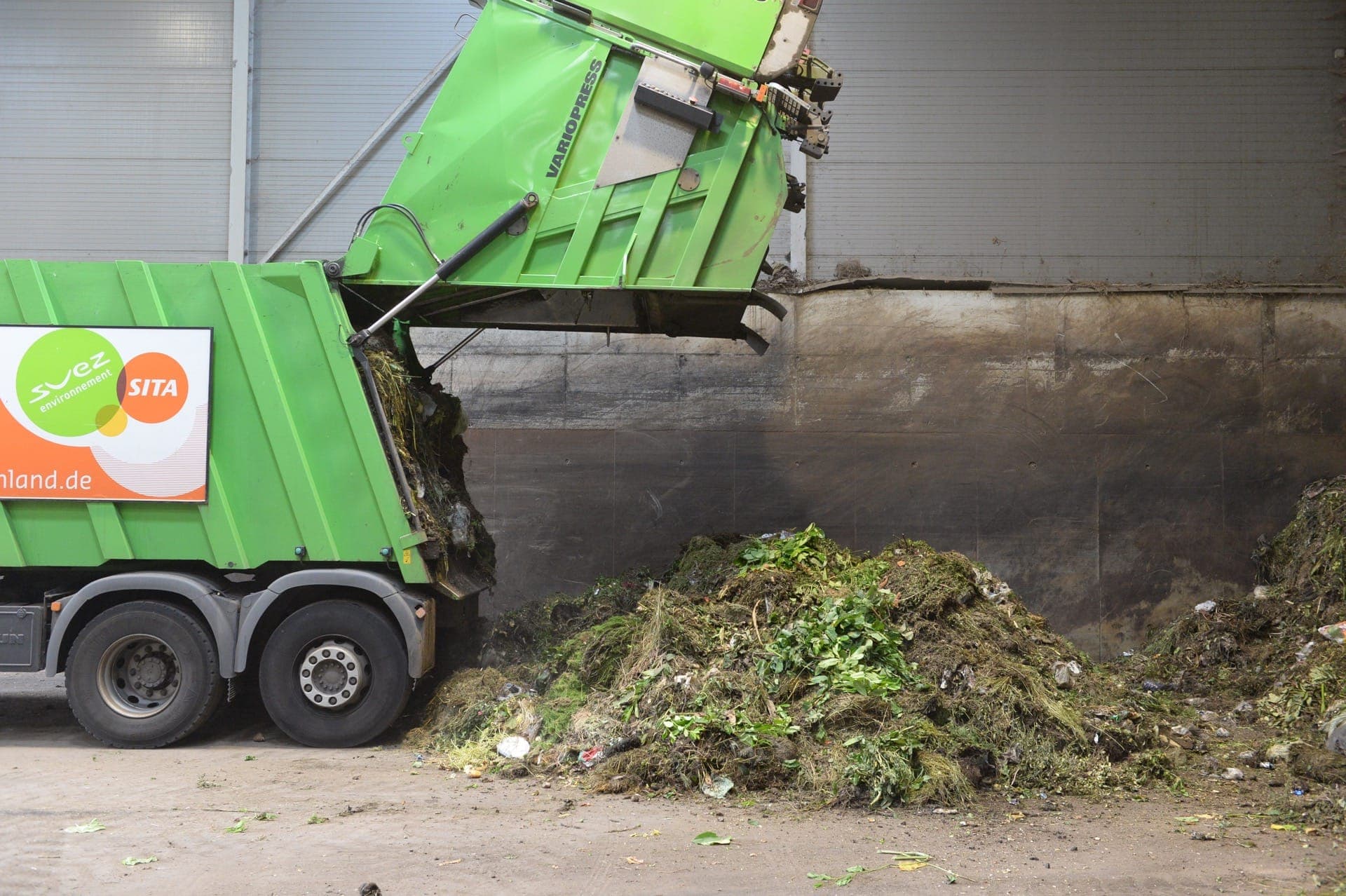 Source: Hitachi Zosen Inova
Source: Hitachi Zosen Inova
What potential is there (still) in the areas of the circular economy and decarbonisation?
Helen Gablinger: HZI is convinced that an orderly waste management system is required for a functioning circular economy. One of the worst climate sins on a global scale continues to be the uncontrolled dumping of waste, but its orderly disposal also produces uncaptured methane. Although the thermal treatment of waste produces CO2, it also replaces fossil fuels. It can also serve as a starting point for targeted CO2 capture, use or storage, as envisaged by the Swiss government’s Energy Perspectives 2050.
Power-to-gas solutions make sector coupling possible. What is HZI doing in this area?
Helen Gablinger: We are working on the development of integrated solutions that fit our customers’ systems and that address local conditions.
Benoît Boulinguiez: Power-to-gas is one of the technical and economic links that will connect the current sector with the renewable energy sector by adding mobility to the existing energy concept of the infrastructure.
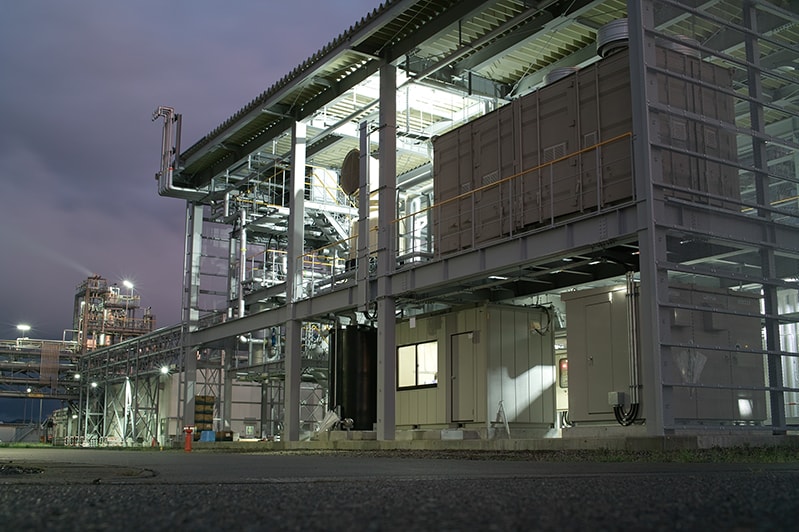 Power-to-gas factory in Nagaoka, Japan. Source: Hitachi Zosen Inova
Power-to-gas factory in Nagaoka, Japan. Source: Hitachi Zosen Inova
What emissions savings are possible as a result?
Helen Gablinger: Fossil gas does not need to be used for every megawatt hour of electricity that can be generated from renewable sources and then becomes available as gas through power-to-gas.
HZI is supplying a CO2 liquefaction plant for an existing biogas plant in Nesselnbach in the canton of Aargau. What is behind this project?
Benoît Boulinguiez: The existing plant is already converting organic waste, i.e. sludge from the wastewater treatment plant, into biogenic energy in the form of renewable methane, one of the main components of biogas. It upgrades the raw biogas to natural gas quality and feeds it into the local gas network. The additional plant will separate and liquefy carbon dioxide, the second main component of biogas. The liquefied bio-CO2 is then integrated into the regular liquid-CO2 distribution circuit, replacing fossil CO2 with renewable CO2.
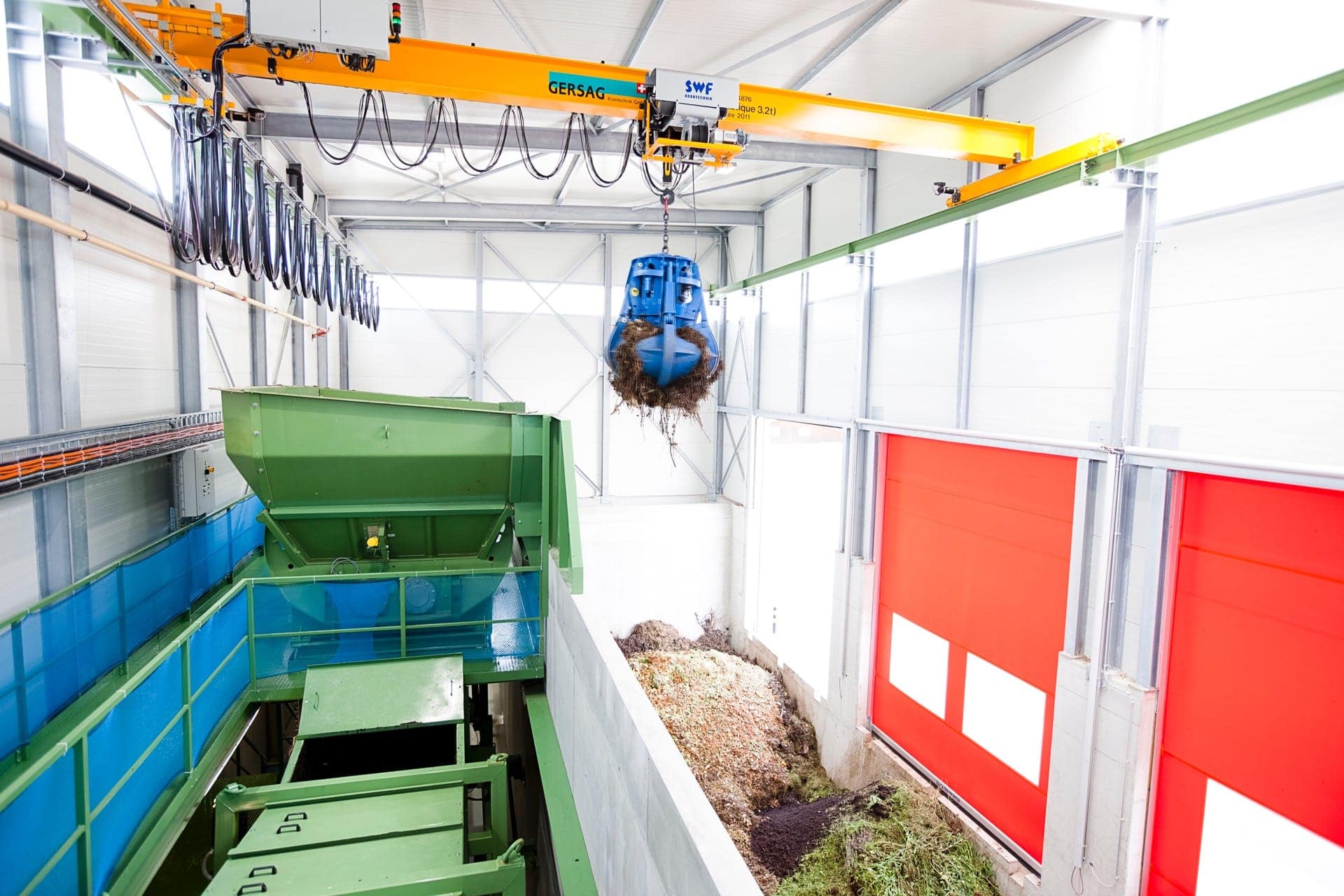 Biogas plant in Chavornay in Switzerland. Source: Hitachi Zosen Inova
Biogas plant in Chavornay in Switzerland. Source: Hitachi Zosen Inova
What are the biggest challenges?
Benoît Boulinguiez: In contrast to a regulated market for renewable energies such as biomethane, securing the long-term purchase of liquid bio-CO2 via a local distributor was the initial challenge to the project’s existence. Other typical challenges in our business include integration into the existing plant in terms of the available space and minimal disruption during the construction phase to the operation of the entire existing plant.
What are the advantages of the new plant?
Benoît Boulinguiez: The additional plant will convert approximately 4,000 tonnes of biogenic CO2 previously emitted into the atmosphere each year into liquid food-grade bio-CO2. This will lead to an immediate reduction in the CO2 footprint associated with waste treatment. The liquid bio-CO2 produced is transported off the site and seamlessly integrated into the regular liquid CO2 industrial chain without changing the CO2 supply chain upstream from the plant.
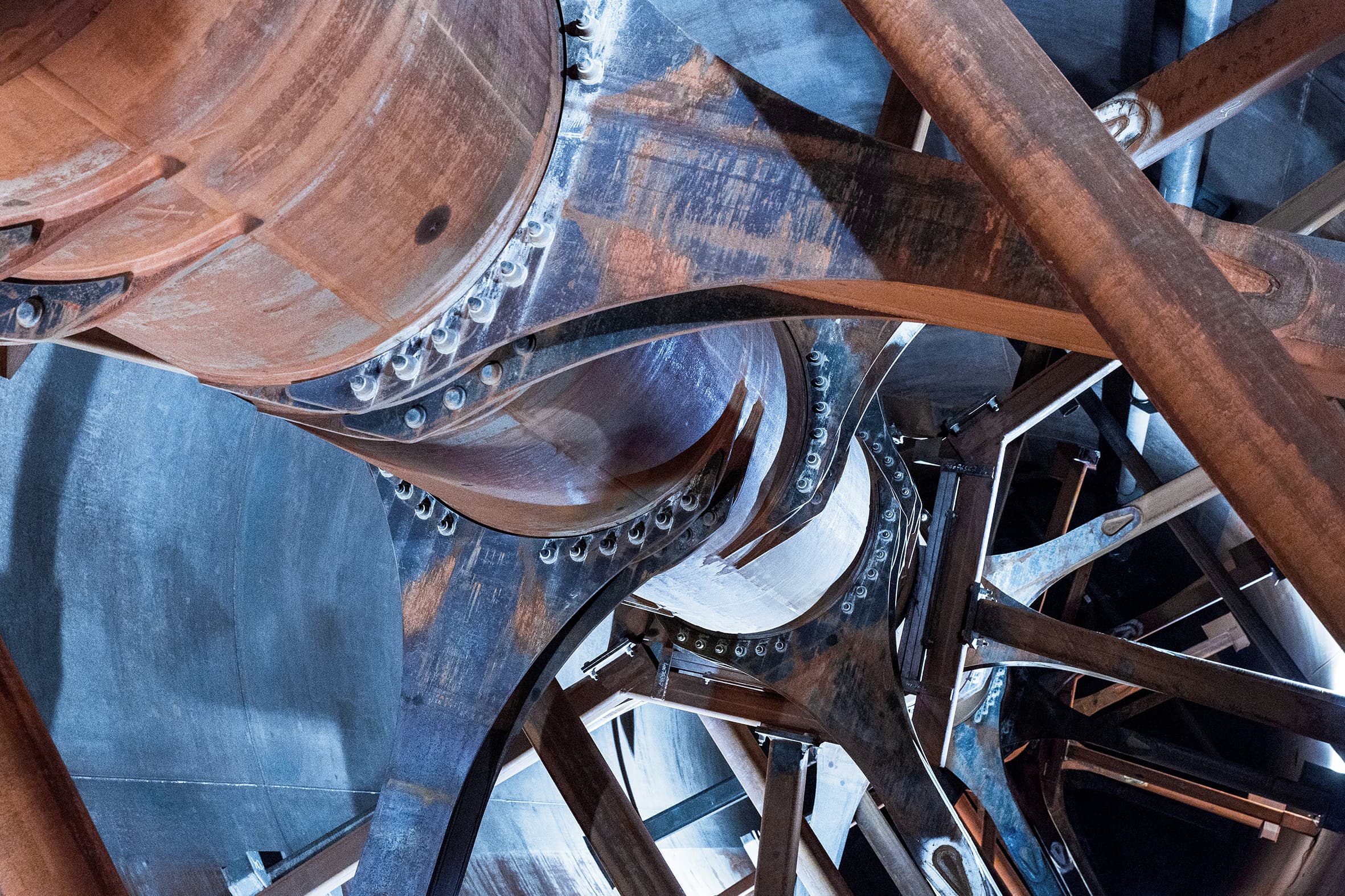 View of the inside of a steel fermenter, as it will now be used for the construction of a biogas plant in the Greek region of Peloponnese. Source: Hitachi Zosen Inova
View of the inside of a steel fermenter, as it will now be used for the construction of a biogas plant in the Greek region of Peloponnese. Source: Hitachi Zosen Inova
Does carbon capture and storage make sense for any plant size?
Helen Gablinger: In principle, as is so often the case, there are economies of scale at play here, which means that the larger the cheaper. Nevertheless, the local situation must be examined in each case. Last but not least, transport options and logistical boundaries must also be considered.
What else is HZI planning in this area?
Helen Gablinger: Decarbonisation is also an important topic for our thermal waste treatment. A team is currently working on the best possible integration of various solutions that are important for the CO2 footprint, including carbon capture, with our customers. The general feasibility and financial viability are strongly dependent on the political framework conditions.
How can CNG mobility be integrated into HZI solutions as part of modern waste management?
Benoît Boulinguiez: This is already the case with many of our references in Europe and Switzerland, which convert biogenic methane from the waste industry into renewable bio-CNG or even bio-LNG, either directly on site or indirectly via the gas network. CNG mobility is one of the economic drivers supporting an advanced and clean waste management approach by adding value to biogenic methane through the mobility sector and the economy. HZI offers fully integrated technical solutions for the entire value chain of converting waste into sustainable energy for infrastructure and mobility.
Are there any examples of best practice in this respect? (at home and abroad)
Benoît Boulinguiez: Since 2019, HZI has owned and operated the plant in Jönköping, Sweden, where the organic fraction of the separated municipal waste is fermented into biogas, processed into biomethane and converted into bio-CNG before being distributed to the city’s bus fleet, garbage trucks and private vehicles via three filling stations in the city. This plant demonstrates the integration of municipal waste management into the local circular economy by addressing both challenges, reducing greenhouse gas emissions and providing sustainable and renewable mobility solutions with bio-CNG. (jas, 29 march 2022)
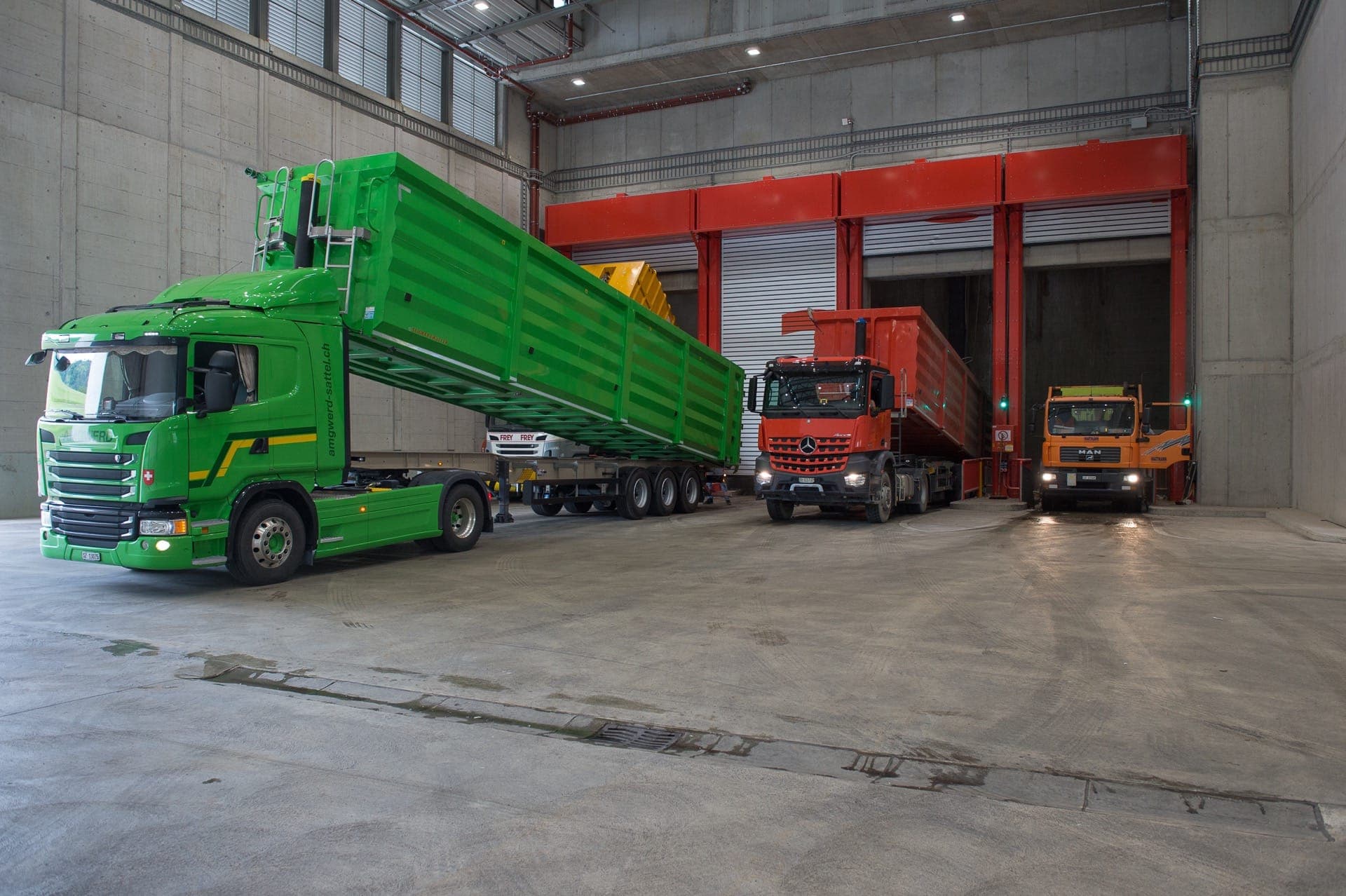 Biomass is delivered to the biogas plant in Lucerne. Source: Hitachi Zosen Inova
Biomass is delivered to the biogas plant in Lucerne. Source: Hitachi Zosen Inova
You might also be interested in
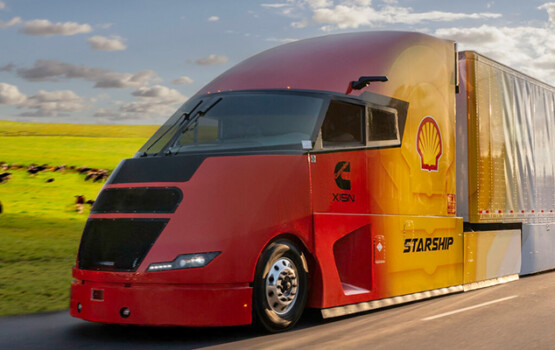
Shell Starship on record hunt
